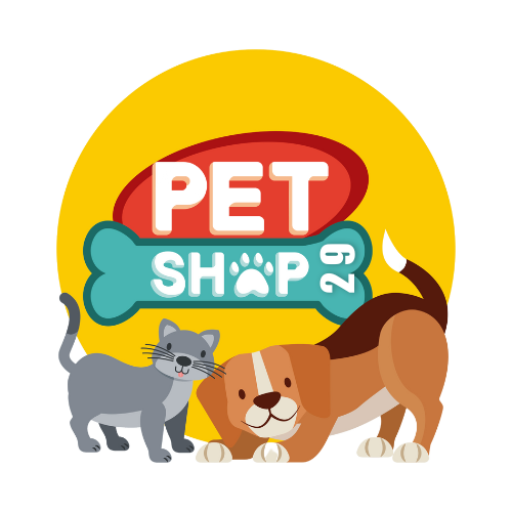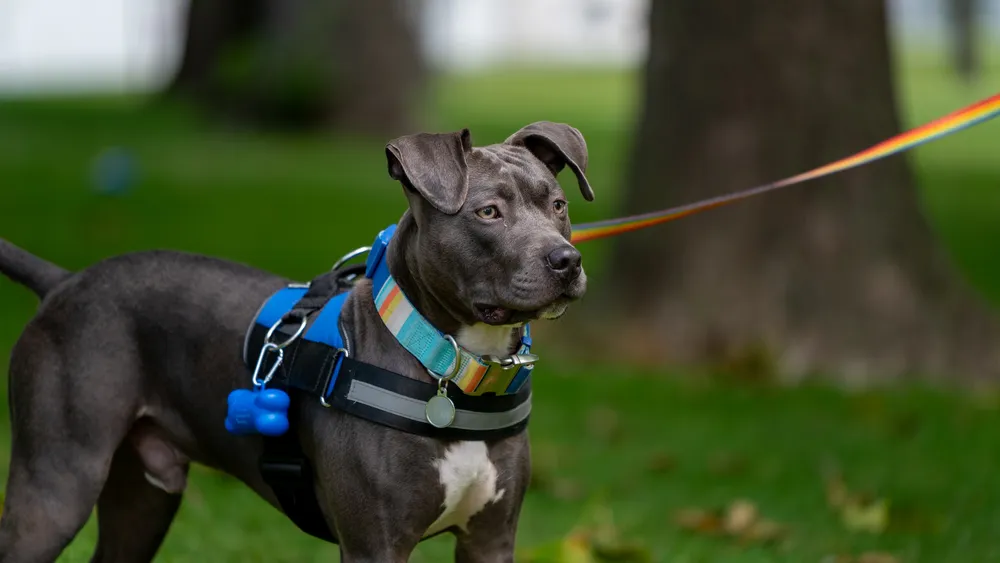Understanding Pitbull Aggression
Aggression in Pitbulls can stem from various factors, including genetics, lack of socialization, fear, and improper training. Identifying the root cause of aggression is the first step toward addressing and managing it effectively.
Types of Aggression
- Fear Aggression: Triggered by fear or anxiety, often due to past trauma or lack of socialization.
- Territorial Aggression: Arises from the instinct to protect their home or family.
- Possessive Aggression: Linked to guarding possessions like food, toys, or people.
- Dominance Aggression: Related to asserting dominance over other animals or people.
- Redirected Aggression: Occurs when a dog cannot reach the source of frustration and redirects their aggression elsewhere.
Early Identification of Aggression
Recognizing early signs of aggression helps in addressing the issue before it escalates. Common signs include:
- Growling or snapping
- Baring teeth
- Rigid body posture
- Intense staring
- Raised hackles
Preventive Measures
- Early Socialization: Expose your Pitbull to various environments, people, and other animals from a young age. Positive experiences during the socialization period can prevent fear-based aggression.
- Obedience Training: Implement basic obedience training using positive reinforcement techniques. Commands such as sit, stay, come, and leave it are essential for managing your dog’s behavior.
- Neutering/Spaying: Spaying or neutering can reduce aggressive tendencies related to dominance and mating instincts.
Handling Aggressive Behavior
- Stay Calm: Reacting with anger or fear can exacerbate your dog’s aggression. Stay calm and composed to avoid escalating the situation.
- Avoid Punishment: Harsh punishment can increase fear and aggression. Focus on positive reinforcement to encourage desirable behaviors.
- Redirect Attention: Use commands or distractions to redirect your Pitbull’s focus away from the trigger. Reward them when they respond appropriately.
- Remove Triggers: Identify and minimize exposure to triggers that provoke aggressive behavior. Gradual desensitization and counter-conditioning can help your dog become more tolerant.
Professional Help
- Consult a Veterinarian: Rule out any medical issues that could be causing aggression, such as pain or hormonal imbalances.
- Professional Training: Seek help from a professional dog trainer or behaviorist, especially one experienced with Pitbulls. They can provide tailored strategies and guidance.
- Behavior Modification Programs: Enroll your dog in a behavior modification program designed to address specific types of aggression.
Creating a Safe Environment
- Secure Your Home: Ensure your yard is securely fenced and remove any potential hazards. Use baby gates to restrict access to certain areas if necessary.
- Supervise Interactions: Always supervise interactions between your Pitbull and other pets or children. Teach children how to interact with dogs respectfully.
- Use a Leash: Keep your Pitbull on a leash in public spaces to maintain control and prevent potential conflicts.
Addressing Specific Aggressive Behaviors
- Food Aggression: Feed your Pitbull in a quiet, separate area to prevent guarding behavior. Gradually work on desensitization by approaching their food bowl while adding tasty treats.
- Toy Aggression: Teach your dog the “leave it” command and practice trading games, where they exchange a toy for a treat.
- Territorial Aggression: Use obedience training to establish control at entry points and create positive associations with visitors through treats and calm introductions.
Ongoing Management
- Regular Exercise: Provide ample physical and mental exercise to reduce pent-up energy and prevent boredom-related aggression.
- Consistent Routine: Maintain a consistent daily routine to provide structure and security for your Pitbull.
- Monitoring and Adjustment: Continuously monitor your dog’s behavior and adjust training and management strategies as needed.
Conclusion
Handling Pitbull aggression requires a combination of early socialization, consistent training, and understanding the root causes of aggressive behavior. By staying calm, using positive reinforcement, and seeking professional help when necessary, you can effectively manage and reduce aggression in your Pitbull, ensuring a safe and harmonious environment for everyone involved. Remember, patience and consistency are key to fostering a well-behaved and balanced dog.


Leave a Reply